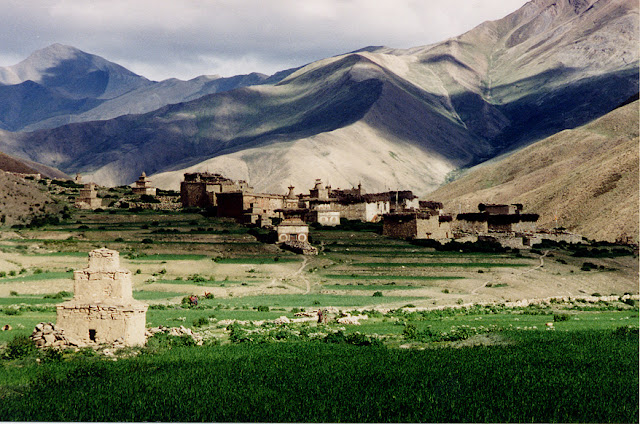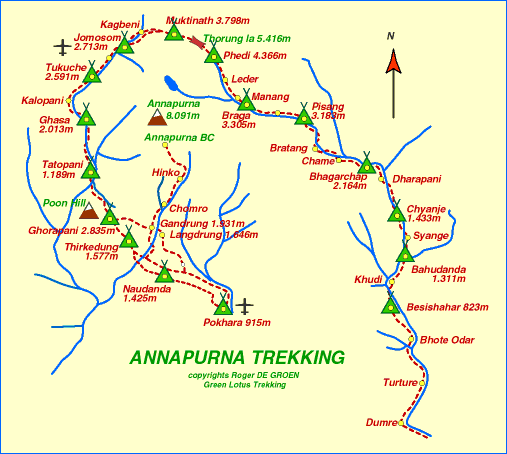 You don't have to be an Olympic athlete to tackle the Himalayas. Nor do you need any special experience Trekking is just walking, and anyone who is moderately fit and has a sense of adventure will enjoy hiking and trekking in Nepal. The range of treks varies from a short gentle hikes through terraced foothills to lengthy expeditions to mount Everest's summit. whatever your level of fitness or experiences, you'll find an adventure of lifetime that is waiting for you in Nepal.
You don't have to be an Olympic athlete to tackle the Himalayas. Nor do you need any special experience Trekking is just walking, and anyone who is moderately fit and has a sense of adventure will enjoy hiking and trekking in Nepal. The range of treks varies from a short gentle hikes through terraced foothills to lengthy expeditions to mount Everest's summit. whatever your level of fitness or experiences, you'll find an adventure of lifetime that is waiting for you in Nepal. Nepal has some of the best trekking in the world, to and around several of world's highest mountains, including Mount Everest. Many people visit the country just to trek and the tourism industry is well prepared to facilitate all manner of trekking styles and destinations. On the one hand you could spend a year planning an expedition to wild and lofty places; on the other you could land in Kathmandu with no plans and be on the trail in just a matter of days.
Nepal has some of the best trekking in the world, to and around several of world's highest mountains, including Mount Everest. Many people visit the country just to trek and the tourism industry is well prepared to facilitate all manner of trekking styles and destinations. On the one hand you could spend a year planning an expedition to wild and lofty places; on the other you could land in Kathmandu with no plans and be on the trail in just a matter of days. "Teahouse trekking" along the main trails is the most common style, with decent lodges in every settlement (and between), it is possible to trek in comfort with minimal preparation, equipment and support. There is no neeed to camp and a selection of western style foods are readily available from a menu system. No special permits are required, except some national part entry tickets on the way.
Facilities available in remote areas are less expensive that in the more popular areas. Off the main trails where there are no lodges and food from menus, so a Nepali guide may become essential, and it is advisable to visit such regions with organised groups, including guide, porters and full support. Mustang, Kanchenjunga, Manaslu, Dolpa and Humala are the remote areas. Many of them require special permits.
There are lots of Agencies in Kathmandu and Pokhara who are always keen to provide you services of a guide or poter. During the main seasons the agencies run regulr group treks, both teahouse and campping styles, and it is generally possible to join a group doing a trek of your choice. Independent trekking is quite easy with straight forward preparations.
The best seasons for trekking are either side of the monsoon season -- March-June and September-November. During this time the weather is generally find and the skies clear. It is possible to trek out of season, but be prepared for lots of rain (and leaches) during the monsoon and severe cold and closed passes during the winter months.


































